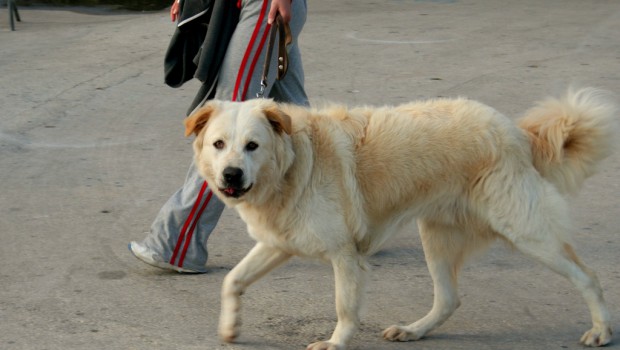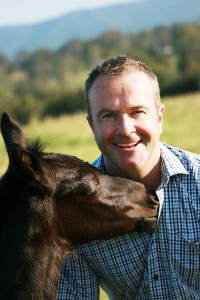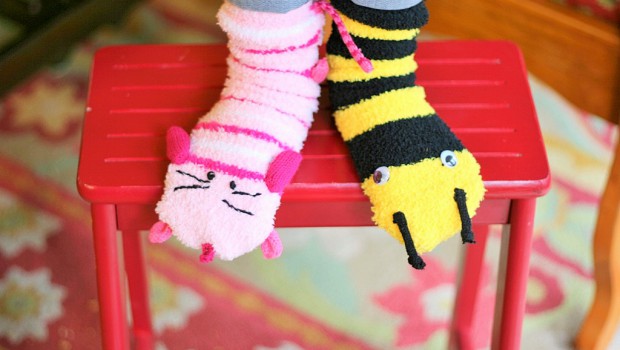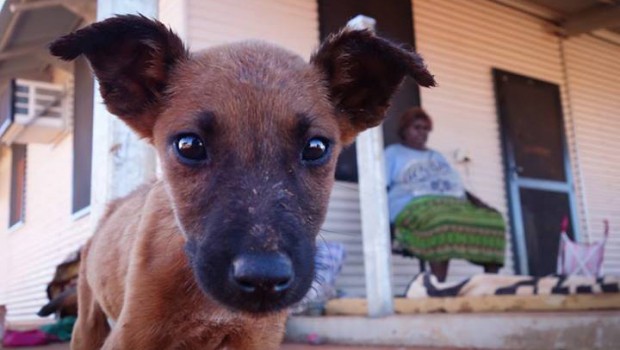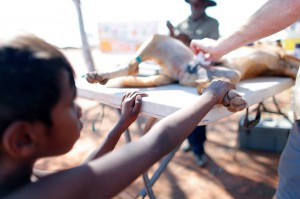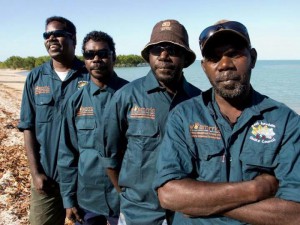Did you know scientists are studying the ways that you walk your dog?
What motivates you, how long you exercise for, what features (like footpaths and dog parks) promote human activity – all these questions and more, are being studied by researchers, Hayley Christian and Carri Westgarth.
Hayley’s background in human health teamed with Carri’s expertise in canine behaviour and welfare have created a research team exploring the human, dog and environmental factors that best promote active and healthy communities.
Podcast
Publications
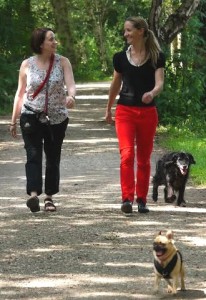
Westgarth, C., Christley, R. M., & Christian, H. E. (2014). How might we increase physical activity through dog walking?: A comprehensive review of dog walking correlates. International Journal of Behavioral Nutrition and Physical Activity, 11(1), 83. [PDF]
Christian, H., Trapp, G., Villanueva, K., Zubrick, S. R., Koekemoer, R., & Giles-Corti, B. (2014). Dog walking is associated with more outdoor play and independent mobility for children. Preventive medicine, 67, 259-263.
Westgarth, C., Christley, R. M., & Christian, H. E. (2014). How can we motivate owners to walk their dogs more? Journal of Veterinary Behavior: Clinical Applications and Research, 9(6), e6-e7.
Christian, H. E., Westgarth, C., Bauman, A., Richards, E. A., Rhodes, R., Evenson, K. R., & Thorpe, R. J. (2013). Dog ownership and physical activity: a review of the evidence. J Phys Act Health, 10(5), 750-759.
Westgarth, C., Boddy, L. M., Stratton, G., German, A. J., Gaskell, R. M., Coyne, K. P., & Dawson, S. (2013). A cross-sectional study of frequency and factors associated with dog walking in 9–10 year old children in Liverpool, UK. BMC public health, 13(1), 822.
Morrison, R., Reilly, J. J., Penpraze, V., Westgarth, C., Ward, D. S., Mutrie, N., & Yam, P. S. (2013). Children, parents and pets exercising together (CPET): exploratory randomised controlled trial. BMC public health, 13(1), 1096.
Christian, H., Giles-Corti, B., & Knuiman, M. (2010). “I’m Just a’‐Walking the Dog” Correlates of Regular Dog Walking. Family & community health, 33(1), 44-52.
For more publications, please see the researcher’s university profiles below.
Links
Hayley Christian: University of Western Australia profile
Carri Westgarth: University of Liverpool (UK) profile
Header image: Flickr/Stefan Mortellaro

